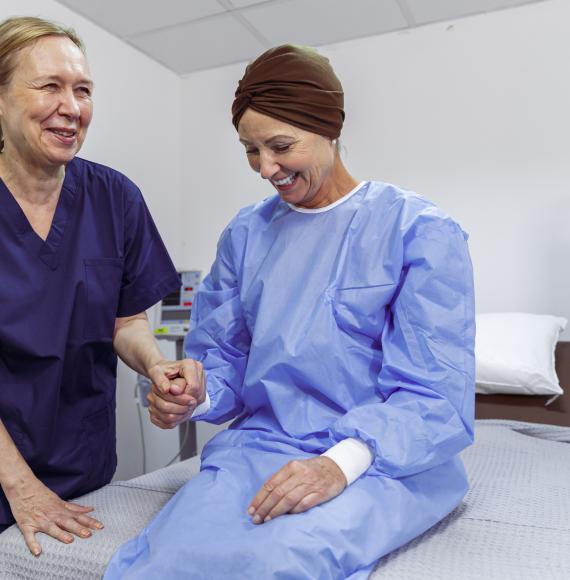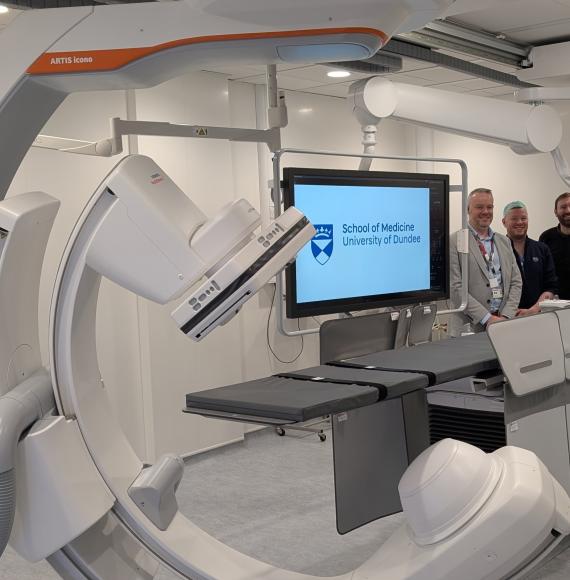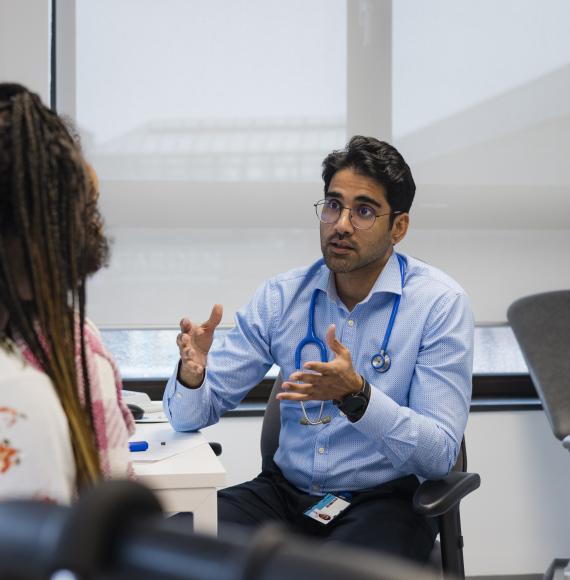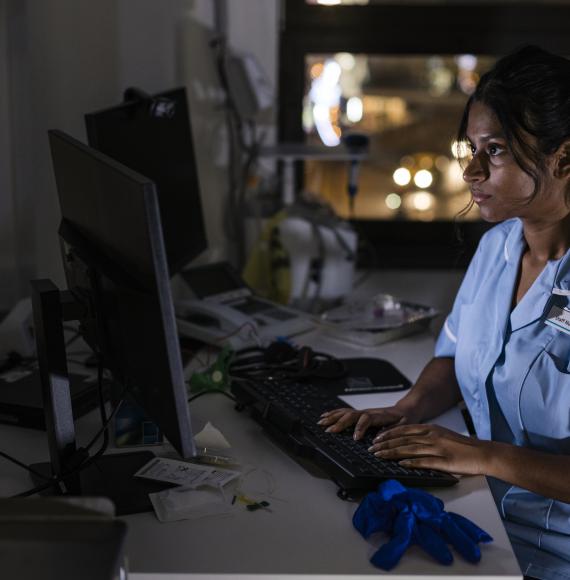As part of the first recommendations published using the National Institute for Health and Care Excellence’s (NICE) new early value assessment guidance, four types of digital cognitive behaviour therapy (CBT) technologies have been provisionally approved for NHS use.
Based around CBT principles, the four digital tools offer a combination of games, videos, and quizzes that educate children and young people about their anxiety and low moods.
A healthcare professional will need to greenlight the use of either of the technologies to ensure patients are suitable – the children and young people using the technologies will also have regular support from trained staff , who will need to put the requisite safeguarding and management processes in place to make sure that, if the treatment isn’t working and is in fact exacerbating the patient’s condition, relapses can be identified quickly, curbing further damage.
The technologies recommended for use by NICE’s independent committee include:
- Lumi Nova
- Online Social anxiety Cognitive therapy for Adolescents
- Online Support and Invention for child anxiety
- Space from anxiety for teens, space from low mood for teens, space from low mood and anxiety for teens
The Secretary of State for Health and Social Care, Steve Barclay, said: “These four technologies, using games, videos and quizzes, represent a promising step forward for new treatment options for children and young people, with early evidence showing they could help improve symptoms of anxiety or low mood.
“It is incredibly important children and young people can access mental health services when they need it, and these new guided self-help tools will allow those between 5 and 18 to learn techniques for support when they are available in future.
"This builds upon work already in place with nearly 300 mental health support teams in place in around 4,700 schools and colleges across the country."
Before these technologies can benefit anyone though, they will need to prove they are compliant with the NHS’s Digital Technology Assessment Criteria.
Mark Chapman, interim director of medical technology and digital evaluation at NICE, added: “Patient experts told our committee that mental health services are in high demand, access varies widely across the country, and there is an unmet need when it comes to receiving treatment while on waiting lists to see specialists.
“These four technologies offer low risk options to children and young people who need to begin treatment as soon as possible. This guidance shows how NICE is focussing on what matters most by getting the best care to patients fast.”



















